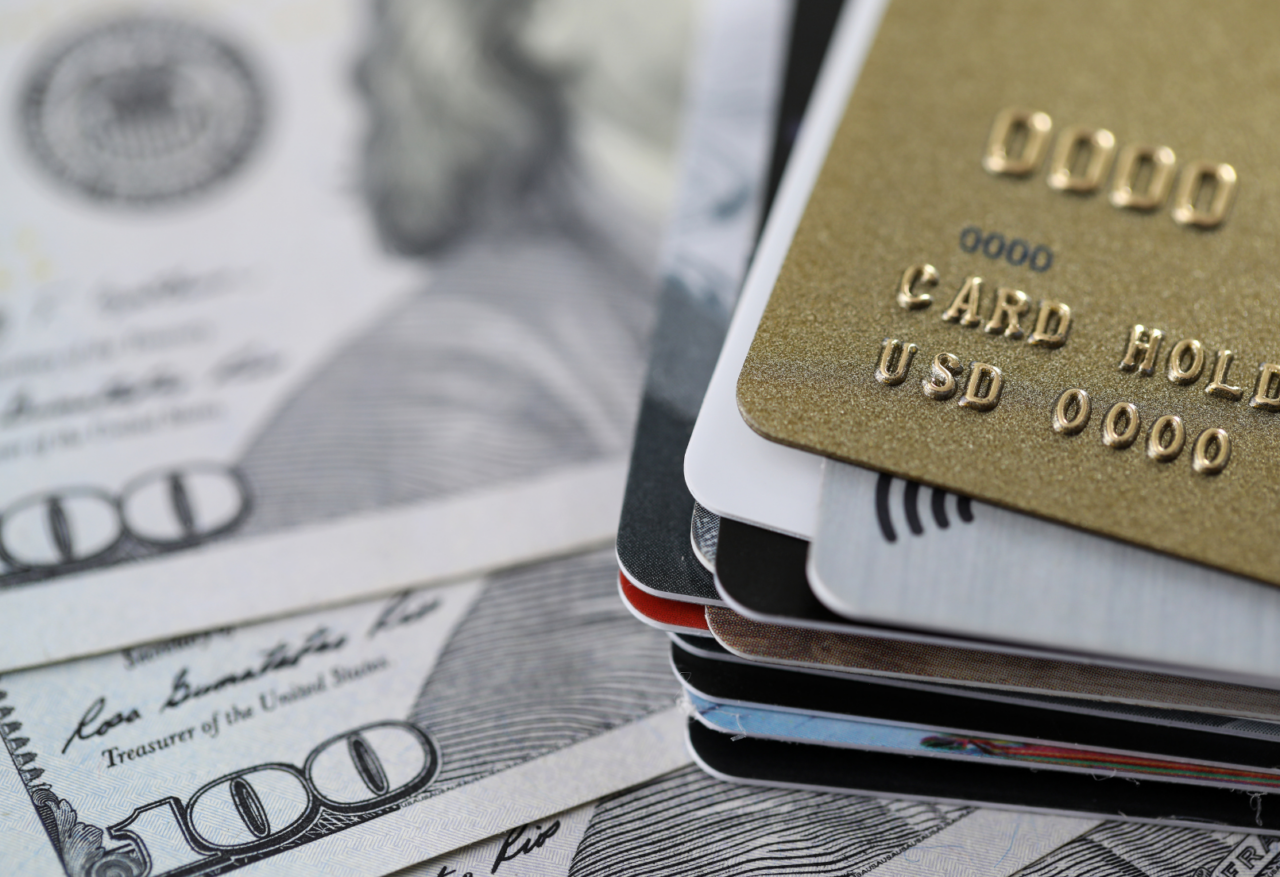Carrying cash could become a casualty of COVID-19. While its imminent death has been a long forecast, cash just keeps on living to pay another day. Cash may not be king in the U.S. market anymore, but reports of its demise have often proved to be a bit premature. U.S. consumers’ cash use has declined over the last several years in terms of its share of the overall payments pie, but as consumers spend more, the pie gets bigger, and as people continue to use cash, cash usage continues to grow.
And mostly for low-dollar purchases. According to Federal Reserve Data, consumers opt for cash a little less than half the time (43 percent) when making a purchase of $10 or less.
At least before COVID-19, anyway.
While the term “dirty money” gets thrown around a lot, generally in connection to nefarious uses, the reality that has become increasingly clear in the era of a pandemic is that by nature of its physicality, cash is rife with unsanitary elements. U.S. currency is made out of a weave of cotton and linen that has turned out to be an exceptionally good surface for growing all kinds of bacteria. A 2017 study identified over 100 different strains of bacteria on dollar bills circulating in New York City. On an average piece of currency one might expect to find Propionibacterium acnes, a bacteria known to cause acne, Streptococcus oralis, a common bacteria found in our mouths, Salmonella, pathogenic E.coli, and methicillin-resistant Staphylococcus aureus (MRSA), which causes skin infections.
As of yet, no major disease outbreak has ever been connected to the transfer of tainted bills, but public health officials are clearly worried about it. Early in the outbreak in March, the World Health Organization (WHO) advised consumers worldwide against using cash and to use as many cashless options as possible to help contain the spread of the coronavirus.
“We know that money changes hands frequently and can pick up all sorts of bacteria and viruses,” a WHO spokesman said. “We would advise people to wash their hands after handling banknotes, and avoid touching their face. When possible, it would also be advisable to use contactless payments to reduce the risk of transmission.”
It is a warning that consumers have been increasingly taking to heart. Cash usage has been hit hard and is a fraction of what it used to be as the economy has rapidly pressed toward modernization and digitalization. That decline wasn’t created by the COVID-19 pandemic but it has been accelerated by it. Although it might be early to declare cash dead across the board, there are new reasons that in the era of a pandemic, cash is looking especially unappetizing. In fact, it seems fair to speculate cash will never quite recover from COVID-19 as consumers and governments find new ways to make cash digital.



